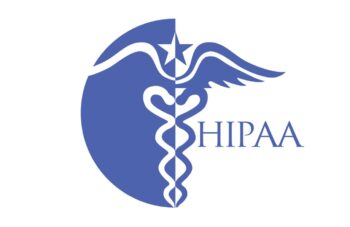Outsourcing patient collections enables medical practices to generate needed cash flow and concentrate on clinical operations. That, at least, is the theory. But the strategy does not always work. One of the key factors of success is the actual services contract the medical practice signs with the agency. Many a medical practice has seen the anticipated benefits of outsourcing … [Read more...] about 7 terms to include in your patient debt collection agency services contract
Purchasing and leasing
21 easy ways to boost practice profitability fast
Simple changes to billing procedures, hiring policies, purchasing, patient relations, and other daily activities can have a positive impact on your practice's bottom line. Here are 21 ways you can quickly boost practice profitability. 1. Name a reimbursement coordinator To get all the reimbursement possible, hire or appoint someone to be a reimbursement coordinator. It … [Read more...] about 21 easy ways to boost practice profitability fast
How to negotiate the best possible purchasing agreements
Smart purchasing decisions help a medical practice run more efficiently, improve the practice's bottom line, and make your job easier. But what should you include in purchasing contracts and lease agreements? As important, how do you negotiate the best possible deal for the practice? Determining requirements Before you solicit bids or attempt to negotiate a contract, … [Read more...] about How to negotiate the best possible purchasing agreements
Integrating telemedicine into your practice
The healthcare landscape is evolving, and telemedicine has emerged as a transformative tool for medical practices to expand their reach, improve patient access, and provide high-quality care remotely. Integrating telemedicine services into your practice requires careful planning and execution, considering aspects like technology, staff training, patient communication, and … [Read more...] about Integrating telemedicine into your practice
Is healthcare SEO really worth the investment?
Years ago, planning a marketing campaign was a simple process. With fewer mediums available to reach potential clients, it was more about how much to spend and less about where to invest those resources. Today, though, the healthcare digital marketing landscape has changed dramatically. Instead of just print options, we now have things like pay-per-click (PPC), search engine … [Read more...] about Is healthcare SEO really worth the investment?
4 ways your managed IT provider can help with HIPAA
Healthcare IT can best be explained as technology that allows the secure exchange of medical and patient information between healthcare providers, patients, insurers, and other administrative operations. With the rapid increase of healthcare companies adopting cloud technology to share files and store private data, the need to involve managed service providers to assure full … [Read more...] about 4 ways your managed IT provider can help with HIPAA
10 ways to get patients to pay up
Effective patient payment collection is crucial for the financial stability and success of a medical office. However, it can be a challenging task to navigate the complexities of medical billing and ensure timely payments. To enhance your medical office's patient payment collections, it is important to implement strategies that streamline the billing process, improve patient … [Read more...] about 10 ways to get patients to pay up
6 common problems in medical offices, and suggested solutions
Got a problem with your office? Chances are it's one of a half-dozen common problems for medical offices. Here are the problems and suggested solutions. 1 Streamlining Appointment Scheduling Problem: Patients often experience long wait times and confusion during the appointment scheduling process. Solution: Implement an online appointment scheduling system that allows … [Read more...] about 6 common problems in medical offices, and suggested solutions
7 ways to create a comfortable waiting room
When you step into a medical office waiting room, you want to feel comfortable, at ease, and assured that you're in good hands. As a medical office manager, it's essential to design a waiting room that reflects the care and attention you provide to your patients. Here are some best practices to consider as you create a welcoming and efficient environment. Focus on … [Read more...] about 7 ways to create a comfortable waiting room
6 steps to making good decisions
Should you subscribe to this billing platform or that one? Should you hire this receptionist candidate or that one? Should you create this kind of schedule or that one? Decisions, decisions! As a medical office manager, making informed and effective decisions is crucial to ensure smooth operations and provide quality care to patients. Here is some advice on how to approach … [Read more...] about 6 steps to making good decisions









